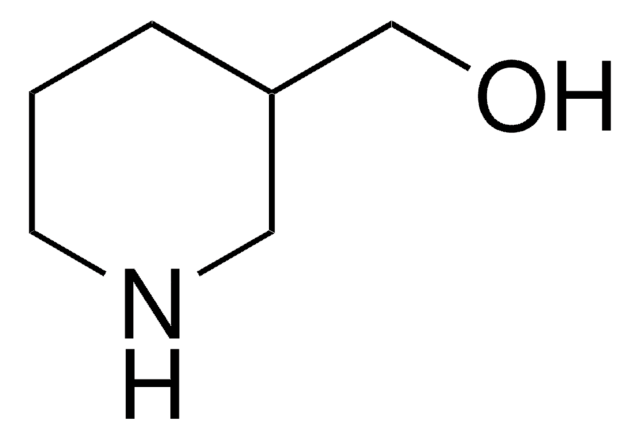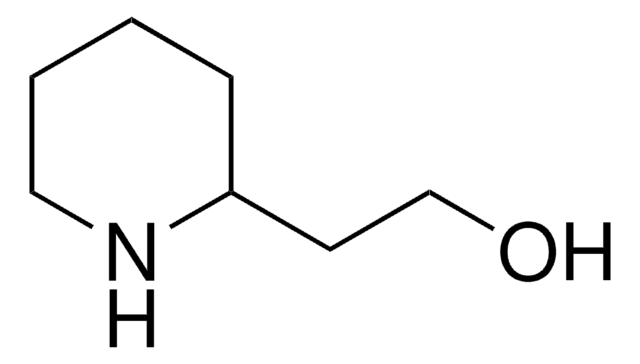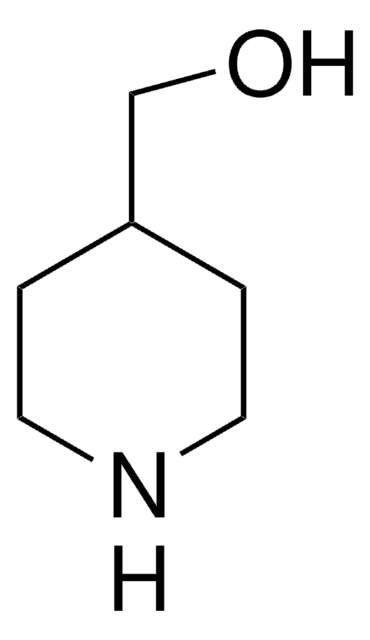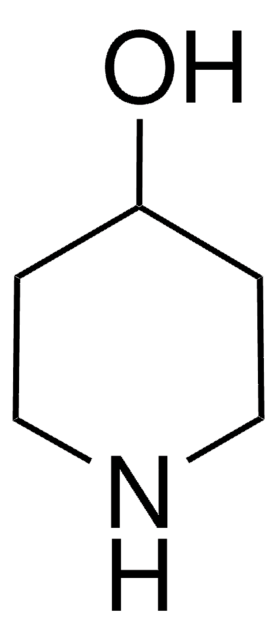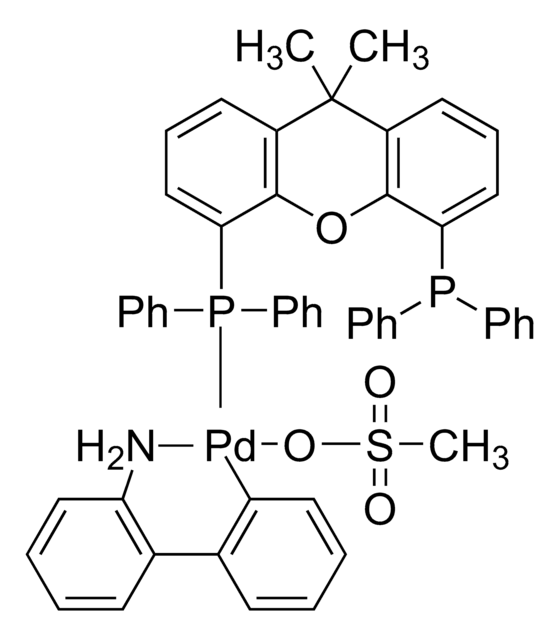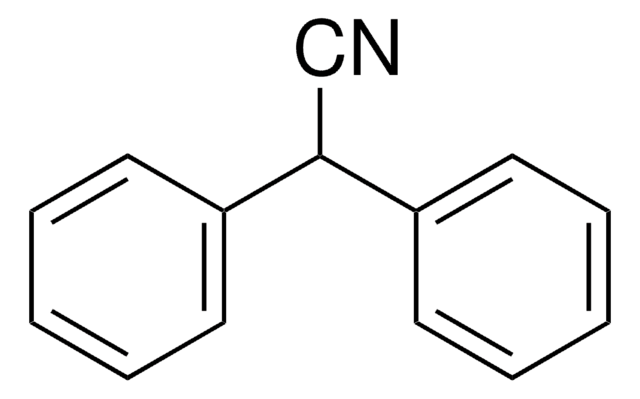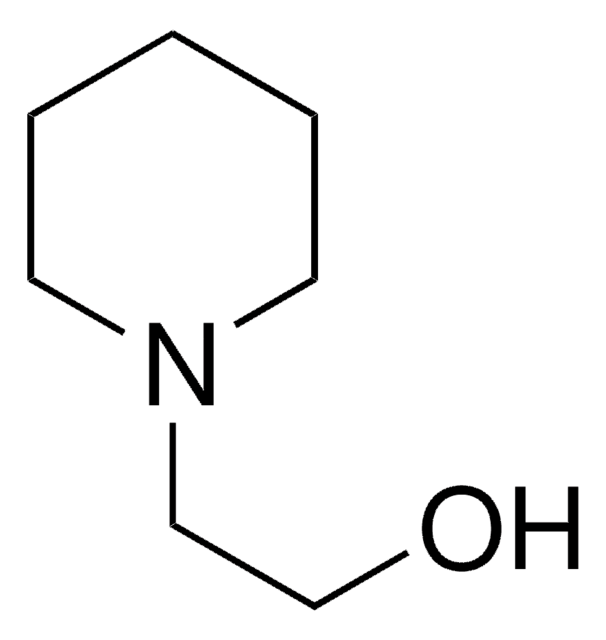155225
2-Piperidinmethanol
97%
Synonym(e):
2-(Hydroxymethyl)piperidin
Anmeldenzur Ansicht organisationsspezifischer und vertraglich vereinbarter Preise
Alle Fotos(3)
About This Item
Empirische Formel (Hill-System):
C6H13NO
CAS-Nummer:
Molekulargewicht:
115.17
EG-Nummer:
MDL-Nummer:
UNSPSC-Code:
12352100
PubChem Substanz-ID:
NACRES:
NA.22
Empfohlene Produkte
Qualitätsniveau
Assay
97%
Form
solid
mp (Schmelzpunkt)
68-70 °C (lit.)
Funktionelle Gruppe
hydroxyl
SMILES String
OCC1CCCCN1
InChI
1S/C6H13NO/c8-5-6-3-1-2-4-7-6/h6-8H,1-5H2
InChIKey
PRAYXGYYVXRDDW-UHFFFAOYSA-N
Anwendung
2-Piperidinemethanol was used in the synthesis of 3-phenyloctahydropyrido[2,1-c][1,4]oxazine hydrochloride and the 10R and 10S diastereomers.
Signalwort
Danger
H-Sätze
Gefahreneinstufungen
Eye Dam. 1 - Skin Corr. 1B
Lagerklassenschlüssel
8A - Combustible corrosive hazardous materials
WGK
WGK 3
Flammpunkt (°F)
Not applicable
Flammpunkt (°C)
Not applicable
Persönliche Schutzausrüstung
dust mask type N95 (US), Eyeshields, Gloves
Hier finden Sie alle aktuellen Versionen:
Besitzen Sie dieses Produkt bereits?
In der Dokumentenbibliothek finden Sie die Dokumentation zu den Produkten, die Sie kürzlich erworben haben.
Kunden haben sich ebenfalls angesehen
T N Riley et al.
Journal of medicinal chemistry, 19(2), 334-336 (1976-02-01)
3-Phenyloctahydropyrido[2,1-c][1,4]oxazine hydrochloride and the 10R and 10S diastereomers have been synthesized from (+/-)-, (+)-, and (-)-2-piperidinemethanol. Treatment of 2-piperidinemethanol with alpha-bromoacetophenone gave 3-hydroxy-3-phenyloctahydropyrido[2,1-c][1,4]oxazine which was readily converted to the 3-phenyl derivative by catalytic hydrogenolysis. These compounds were shown to possess
Mostafa Hadei et al.
Journal of occupational medicine and toxicology (London, England), 13, 30-30 (2018-10-03)
The use of cosmetic products in beauty salons emits numerous kinds of toxic air pollutants. The objectives of this study were to measure the concentrations of benzene, toluene, ethylbenzene, xylene, formaldehyde, and acetaldehyde in 20 large beauty salons in Tehran
Unser Team von Wissenschaftlern verfügt über Erfahrung in allen Forschungsbereichen einschließlich Life Science, Materialwissenschaften, chemischer Synthese, Chromatographie, Analytik und vielen mehr..
Setzen Sie sich mit dem technischen Dienst in Verbindung.
